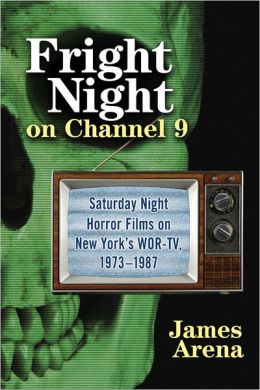Several months prior to the release of the Poltergeist remake, my wife and I showed the original to our nieces. They were captivated and, at certain points, genuinely terrified of the film.
Which is a credit to the original’s power that it still is able to generate scares three decades after its release.
While they were excited to see the updated version, I had major reservations about it. Why take something that works and remake it? More often than not, updates of old films fail to capture what made the original versions special. Are there exceptions? Absolutely. 1982’s The Thing, 1986’s The Fly and even 2006’s The Hills Have Eyes are just a few examples of using the source material to make riveting films.
However, for every gem, you get a dud like 1998’s Psycho, 2006’s The Wicker Man and, from the same year, When A Stranger Calls (which, save for the original’s opening sequence, is not that great a film to begin with).
So how did 2015’s version of Poltergeist compare to the original?
It’s pretty appropriate that the remake of Poltergeist begins with the Bowen’s son, Griffin (Kyle Catlett) disconnected from the rest of his family as he plays a video game on his tablet because that’s the exact way I felt when watching this film–disconnected. There was never a moment where I felt as if I was invited in to watch a close knit family unravel as the supernatural begins to dominate their lives as was my experience with the original. In fact, the Bowens didn’t feel like a family at all, just random actors hired to stand and deliver lines.
I love Sam Rockwell but we was woefully miscast in this. Each time he was on screen, it appeared as if he culled the best parts of his better past characters (“Wild Bill” Wharton from The Green Mile in particular) rather than develop a character that would resemble anything like a father. The other actors don’t fare much better.
But I don’t blame them. I specifically find fault with the incredibly lazy effort that went into this version courtesy of the filmmakers*. There are so many inconsistencies in this tale that it left me bewildered, trying to figure out whether they chopped entire scenes or just didn’t give a damn about the overall story. I still wonder how one parent laid off from his job and the other a struggling writer can afford not one house, but two! They’re just snapping them up willy nilly I suppose. Also, there’s no slow burn as there was with the original. A few minutes in, we see things start to happen immediately**.
*Director Gil Kenan helmed a much better haunted house tale ten years ago with the exceptional animated film, Monster House. Go watch that instead.
**I looked at the running times on each film. the 2015 version clocks in at 93 minutes while its predecessor is 21 minutes longer. That extra time makes a big difference, especially in terms of character development. Also, the remake felt as if it was longer because you just want it to be over.
The success of the original Poltergeist stemmed from the premise that this was a typical American family living in a typical suburban neighborhood. The Freeling Family could live next door or could be your own family for that matter. The Bowens? Well, they just move in and shit starts flying. We don’t get time to know them and god forbid they should have any human ties to anyone around them.
And maybe that’s what America has become–cold, isolated and lacking heart. Maybe the new Poltergeist accurately reflects how we are and that’s why it fails on every level. Give me the original any day. I still want to feel something, to be connected, and, most importantly, to be scared by a good horror film.
Poltergeist (2015) grade: D-
Poltergeist (1982) grade: A








